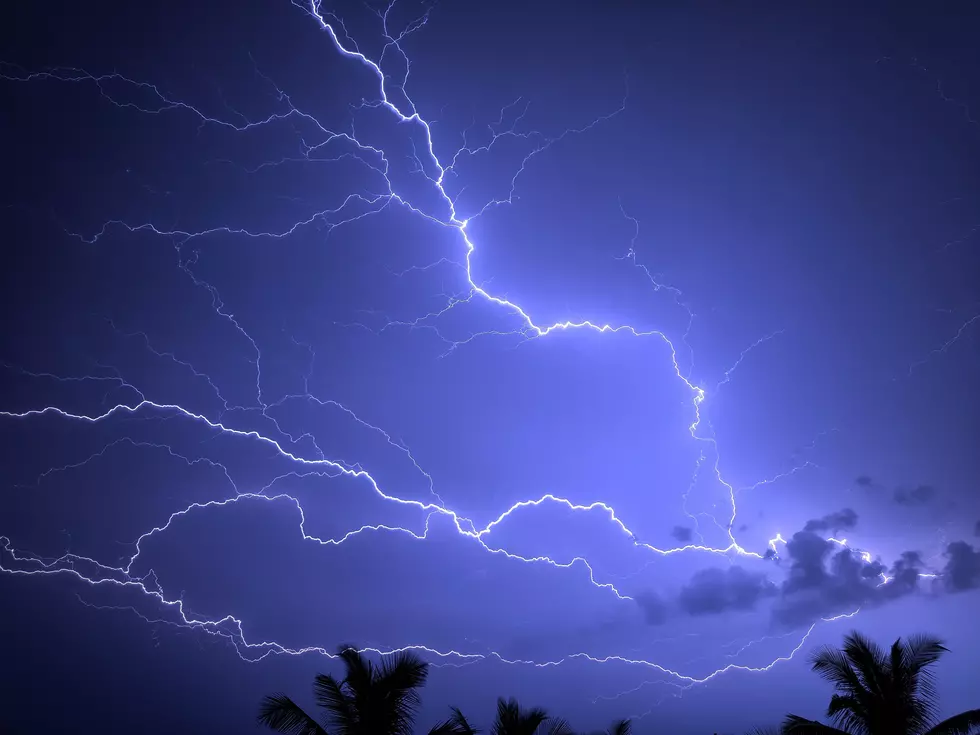
How Wind Chill Affects Frostbite
Knowing the wind chill is important for those who work outside, kids waiting for the school bus, our pets safety, and more.
What is wind chill temperature?
- The wind chill temperature is how cold people and animals feel when outside.
- Wind chill is based on the rate of heat loss from exposed skin caused by wind and cold. As the wind increases, it draws heat from the body, driving down skin temperature and eventually the internal body temperature.
- The wind makes it FEEL much colder.
If the temperature is 0°F and the wind is blowing at 15 mph, the wind chill is -19°F. At this wind chill temperature, exposed skin can freeze in 30 minutes.
What is Frostbite?
- You have frostbite when your body tissue freezes.
- The most susceptible body parts are fingers, toes, ear lobes, or the tip of the nose or any exposed skin.
- Symptoms include tingling, a loss of feeling in the extremity, and a white or pale appearance.
- Get medical attention immediately for frostbite.
- The area should be SLOWLY rewarmed using warm, not hot water.
If the temperature outside is -5 and wind speed is 35 mph, the chart below tells us the wind chill would be -34, and it would only take 10 min for frostbite to set in.
weather.gov
What is Hypothermia?
- Hypothermia occurs when body temperature falls below 95°F.
- Warning signs include uncontrollable shivering, memory loss, disorientation, incoherence, slurred speech, drowsiness, and exhaustion.
- Get medical attention immediately.
- If you can't get help quickly, begin warming the body SLOWLY. Warm the body core first, NOT the extremities. Warming extremities first drive the cold blood to the heart and can cause the body temperature to drop further--which may lead to heart failure.
- If you are helping someone else with hypothermia, get the person into dry clothing and wrap in a warm blanket. Be sure to cover the head and neck.
About 20% of cold-related deaths occur in the home. Young children under the age of two and the elderly (those more than 65 years old) are most susceptible to hypothermia.
More From 96.9 WOUR









